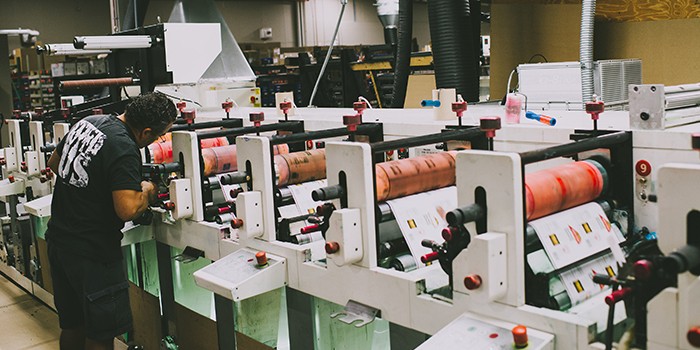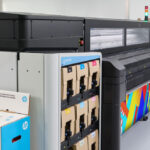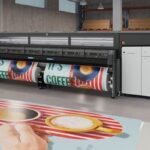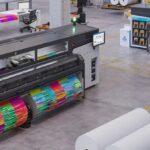In the world of printing, choosing the right flexo substrate is a crucial decision that can greatly impact the quality and efficiency of your printing projects. Whether you are a seasoned professional or new to the industry, understanding the nuances of substrate selection is essential for success. In this guide, we will explore the different types of substrates available, factors to consider when making your choice, and how to optimize your printing process for the best results.

What is a Flexo Substrate?
A flexo substrate is the material onto which the ink is applied during the flexographic printing process. The choice of substrate can influence the durability, appearance, and functionality of the final product. Common substrates include paper, film, foil, and non-woven materials. Each of these has its own unique properties and applications.
Types of Flexo Substrates
There are several types of substrates used in flexographic printing, each with its own advantages and limitations:
- Paper: Ideal for labels, packaging, and newspapers. It is cost-effective and easily recyclable.
- Film: Used for flexible packaging and labels. Offers excellent durability and moisture resistance.
- Foil: Provides a high-end look for premium products. It is often used in the food and beverage industry.
- Non-Woven Materials: Suitable for hygiene products and industrial applications. They are strong and absorbent.
Factors to Consider When Choosing a Substrate
When choosing the right flexo substrate, several key factors should be taken into account:
End-Use Application
Consider the final use of the printed product. Will it be exposed to moisture, heat, or chemicals? Does it need to be food-safe? Understanding the end-use will help you select a substrate that meets the necessary requirements.
Print Quality
The substrate’s surface properties, such as smoothness and porosity, can affect print quality. A smooth surface is ideal for high-resolution images, while a more porous surface may be suitable for text-heavy designs.
Cost Considerations
Budget constraints are an important consideration. While premium substrates may offer superior quality, they also come at a higher cost. It’s essential to find a balance between quality and budget.
Optimizing the Printing Process
Once you have selected the appropriate substrate, optimizing the printing process is the next step. Here are some tips to ensure the best results:
Ink Compatibility
Ensure that the inks used are compatible with the chosen substrate. This will prevent issues such as smudging or poor adhesion, which can compromise the final product’s appearance.
Press Settings
Adjust the press settings according to the substrate’s characteristics. This includes factors such as tension, drying time, and pressure to achieve optimal results.
Quality Control
Implement a robust quality control process to monitor the print quality and make necessary adjustments. This will help maintain consistency and minimize waste.
Conclusion
Choosing the right flexo substrate is a critical part of the flexographic printing process that requires careful consideration of various factors. By understanding the different types of substrates and their applications, as well as optimizing the printing process, you can achieve high-quality results that meet your specific needs.
For more insights into the flexographic printing industry, check out Flexo Printing Market Trends and Latest Flexographic Printing Machines.

FAQs
What is the most cost-effective flexo substrate?
Paper is generally the most cost-effective substrate for flexographic printing, especially for applications like labels and newspapers.
How do I choose the right substrate for food packaging?
When choosing a substrate for food packaging, consider factors such as moisture resistance, food safety standards, and barrier properties. Film and foil are popular choices for food packaging due to their protective qualities.
Can I use the same substrate for different printing projects?
While some substrates are versatile, it is important to choose a substrate that is specifically suited to each project’s requirements. The end-use application and desired print quality should guide your decision.






